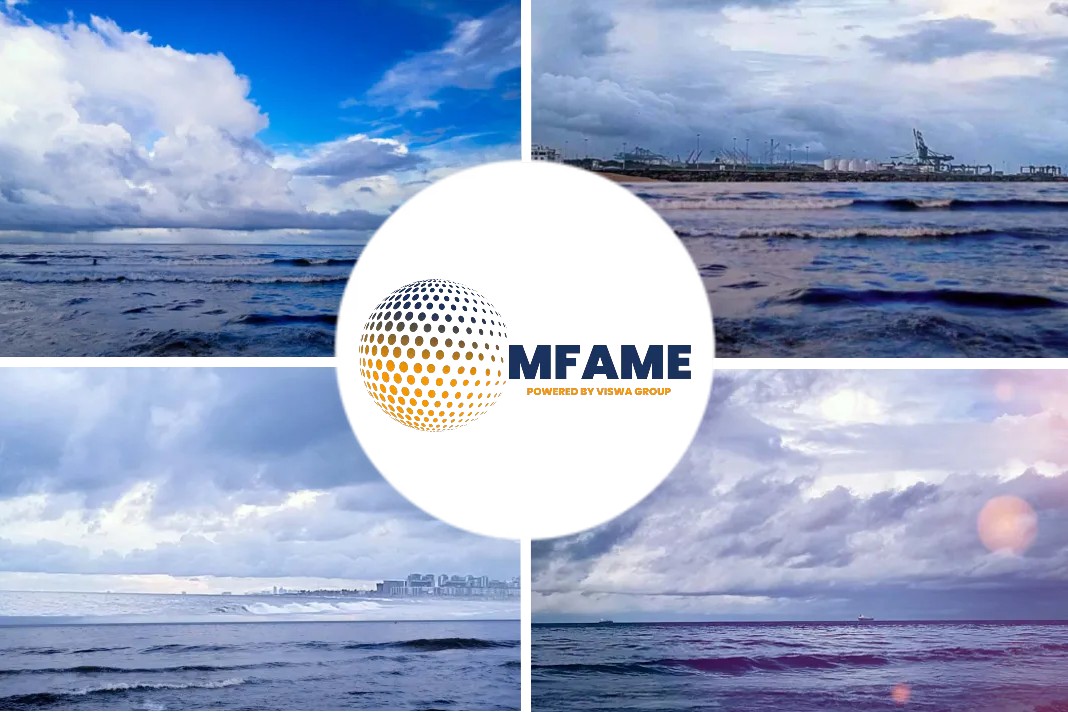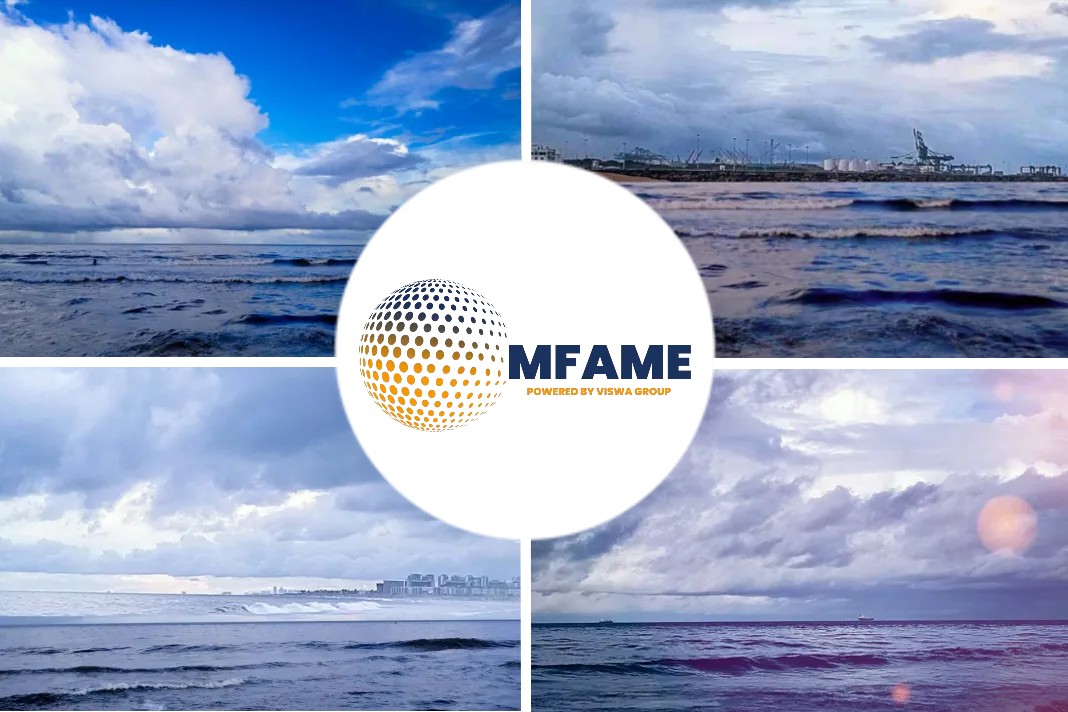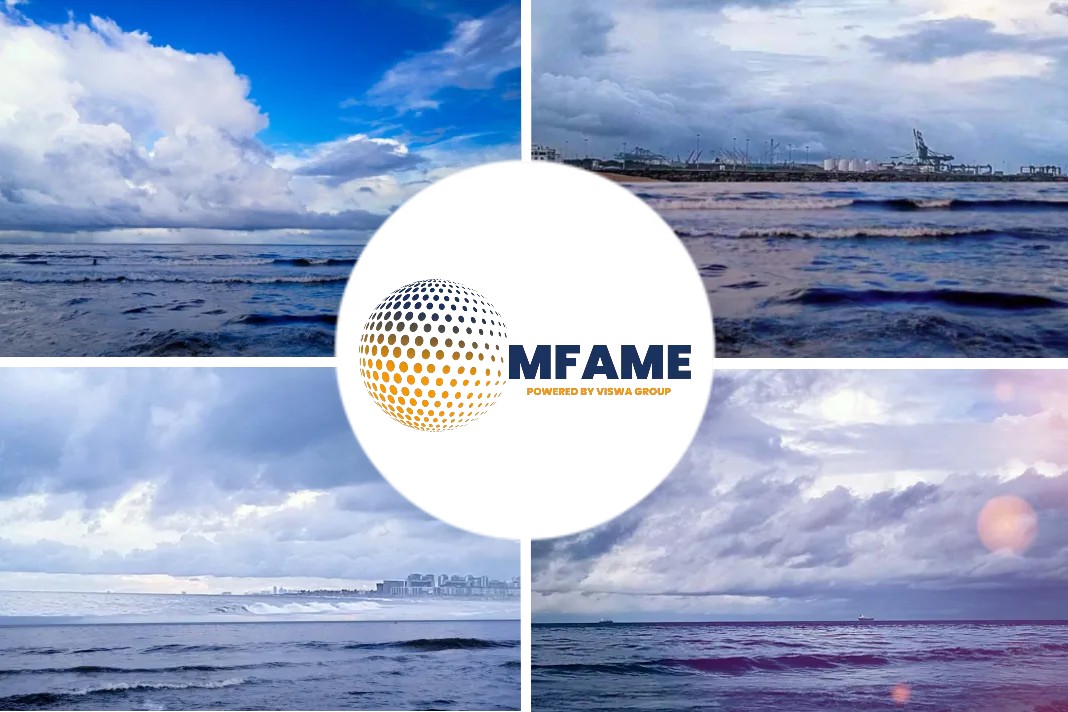- Due to covid 19 the shipping activity in Singapore has come to a stand-still except for a few.
- On the other hand it seems to be opportunity to maritime industry to double down on decarabonisation efforts.
- Jurong Port is testing an artificial intelligence (AI)-driven Smart Multi-Energy System, which will further reduce its carbon footprint.
- IMO’s energy efficiency principles can be also applied to Singapore’s 2,300 licensed harbour crafts that provide goods and services to ships calling at ports.
- The Maritime and Port Authority of Singapore (MPA) has also worked towards the development of liquefied natural gas (LNG)-fuelled tugs.
- There are many research and development (R&D) opportunities related to harbour crafts: Power system optimisation, new battery or fuel cell technology, etc.
Sanjay C Kuttan, the Executive Director of Singapore Maritime Institute, writes for CNA about how these testing times during Covid 19 can be used efficiently by the shipping industry to reduce carbon footprint. He gives a range of prospective ideas, and progressive measures that are being implemented to combat the environmental hazards.
A look at Sanjay C. Kuttan’s views on the present and future steps to ensure a pollution free environment.
Singapore’s two main ports
Singapore’s two main ports, PSA Container and Jurong Port, are living labs for green technologies.
Jurong Port
- Jurong Port boasts of a 9.65 megawatt-peak solar photovoltaic system.
- Mounted on warehouse rooftops, it is the world’s largest solar installation in a port.
- Part of the electricity generated is used for port operations, while the rest is supplied to the national power grid.
- The port is also testing an artificial intelligence (AI)-driven Smart Multi-Energy System, including a direct-current warehouse microgrid system, which will further reduce its carbon footprint.
- Jurong Port is also home to the world’s first green berths – made of recycled concrete from existing berths and yards.
PSA Container port
- Furthermore, PSA has started to electrify and automate its cranes and ground vehicles.
- Once complete, the port operator will have the world’s largest fleet of automated guided vehicles powered by batteries instead of diesel.
Cleaner bunker fuel
Dealing with the new portfolio of fuels will require fresh consideration of new factors.
They are
- Product sourcing,
- verification of “green” status,
- safety standards for storage and handling
If Singapore is striving to be the global bunkering hub for green fuels, and to avoid the bunkering infrastructure we invest in ending up as stranded assets.
Cleaner harbour crafts
IMO’s regulations
New ships must comply with the IMO’s Energy Efficiency Design Index – a set of regulations for the vessel to be designed and built for maximum energy efficiency since 2011.
The IMO also implemented the Ship Energy Efficiency Management Programme that same year, which provides a framework for operating ships and fleets to improve energy efficiency.
These programmes develop guidelines to drive down energy consumption to a minimum for each vessel type.
MPA works towards LNG
The Maritime and Port Authority of Singapore (MPA) has also worked towards the development of liquefied natural gas (LNG)-fuelled tugs.
These are now operational and contributing to the sector’s decarbonisation efforts.
LNG is generally accepted as having a lower carbon footprint than marine diesel.
There are less than three vessels currently in operation but with better hybrid designs for cost and performance optimisation, more can be expected.
More ways to reduce carbon footprint
Biofuels as a drop-in fuel (mixed with normal fuel), can further reduce the carbon footprint.
Research and development (R&D) opportunities related to harbour crafts: Power system optimisation, new battery or fuel cell technology, 3D printing of lighter and sturdier propellers and so on.
Domestic yards in right direction
BH Global, a power system designer and integrator, and Penguin, a ship builder, announced a consortium of partners to build Singapore’s first hybrid-electric fast launch.
In 2018, Norwegian shipping company Norled ordered three hybrid plug-in ropax ferries (which can tap shore-based charging) from Singapore’s shipbuilder Sembcorp Marine.
Need for R&D towards a sustainable future
Key performance indicators to encourage co-creation and research collaboration across our research institutes to avoid under-optimising limited funds.
Need entrepreneurial researchers to translate new technologies from other sectors into the maritime sector.
For instance, incorporating carbon capture and utilisation onboard vessels is an interesting proposition.
It allows us to continue using the current slate of marine fuels, albeit with major but not insurmountable R&D challenges.
Call for bold leadership and changed mindset
Decarbonising the maritime industry will require bold leadership and mindset changes.
As Prime Minister Lee Hsien Loong said in his 2019 National Day rally, climate change is an existential issue for us all. Decarbonising the shipping sector is key for Singapore to maintain its global maritime leadership and keep Singapore’s economy humming for the prosperity of all.
All these innovations come together not only to reduce the greenhouse gas footprint but also cost of operations, while increasing productivity and safety.
Did you subscribe to our daily newsletter?
It’s Free! Click here to Subscribe!
Source: CNA




















